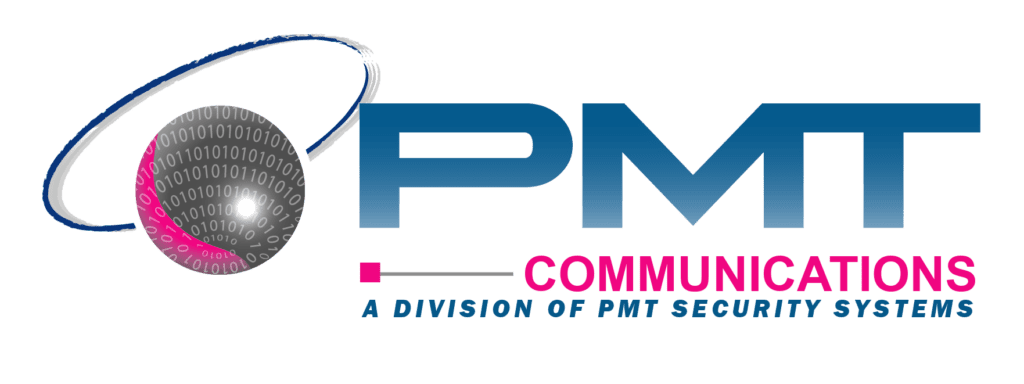Introduction
As businesses and organisations adapt to an evolving threat landscape, security in Australia is undergoing a significant transformation. From AI-powered surveillance to integrated communications for lone workers, the future of security is all about smart, connected, and proactive solutions.
In 2025, companies will need to embrace cutting-edge technologies to protect assets, employees, and critical infrastructure. Here are the key trends shaping the security industry in Australia.
1. AI-Driven Surveillance & Predictive Security
Artificial Intelligence (AI) is revolutionising security by enabling predictive analytics, facial recognition, and behaviour monitoring. AI-powered surveillance systems can detect anomalies in real time, helping businesses prevent incidents before they occur.
🔹 What this means:
• Advanced video analytics can identify potential threats without human intervention.
• AI-powered access control ensures only authorised personnel enter restricted areas.
• Machine learning enhances fraud detection and cybersecurity measures.
2. Cloud-Based & Integrated Security Solutions
Cloud-based security solutions are replacing traditional on-premise systems, offering seamless integration and remote access. Businesses are shifting towards platforms that combine CCTV, access control, and alarm monitoring in a single, unified system.
🔹 What this means:
• Security managers can monitor multiple sites from a central dashboard.
• Remote access allows for real-time security updates and automated responses.
• Scalability makes cloud solutions ideal for businesses of all sizes.
3. Enhanced Lone Worker Protection
With more employees working in remote and high-risk environments, lone worker safety is becoming a major focus. Solutions like PMT Communications’ Quatra system provide uninterrupted communication across all major Australian networks (Telstra, Vodafone, Optus), ensuring lone workers can always stay connected.
🔹 What this means:
• Employers must prioritise compliance with workplace safety regulations.
• Reliable communication tools reduce risks for workers in isolated locations.
• Integrated solutions offer GPS tracking, real-time alerts, and emergency response features.
4. Cybersecurity & Physical Security Convergence
The lines between cybersecurity and physical security are blurring, as businesses recognise the need for a unified security strategy. Access control systems, surveillance cameras, and alarm networks must be protected from cyber threats.
🔹 What this means:
• IoT devices and security cameras are becoming targets for cyberattacks.
• Companies must implement multi-layered security protocols.
• Cyber-physical security integration will be key to protecting critical assets.
5. The Rise of Biometric Access Control
Biometric security measures—such as fingerprint scanning, facial recognition, and iris scanning—are becoming the new standard for access control in workplaces, data centres, and high-security facilities.
🔹 What this means:
• Traditional keycards and passwords are being replaced by biometric authentication.
• Biometric solutions improve security while enhancing convenience.
• Privacy concerns and compliance with data protection laws will remain a focus.
Conclusion
The future of security in Australia is driven by innovation, connectivity, and data-driven decision-making. Businesses that invest in AI-powered surveillance, integrated security solutions, and advanced access control will be better positioned to safeguard their assets and employees in 2025 and beyond.
At PMT Communications, we’re at the forefront of these security advancements. Contact us to learn how our solutions can help protect your business in an ever-changing world.
📩 Get in touch today! info@pmtcommunications.com.au
